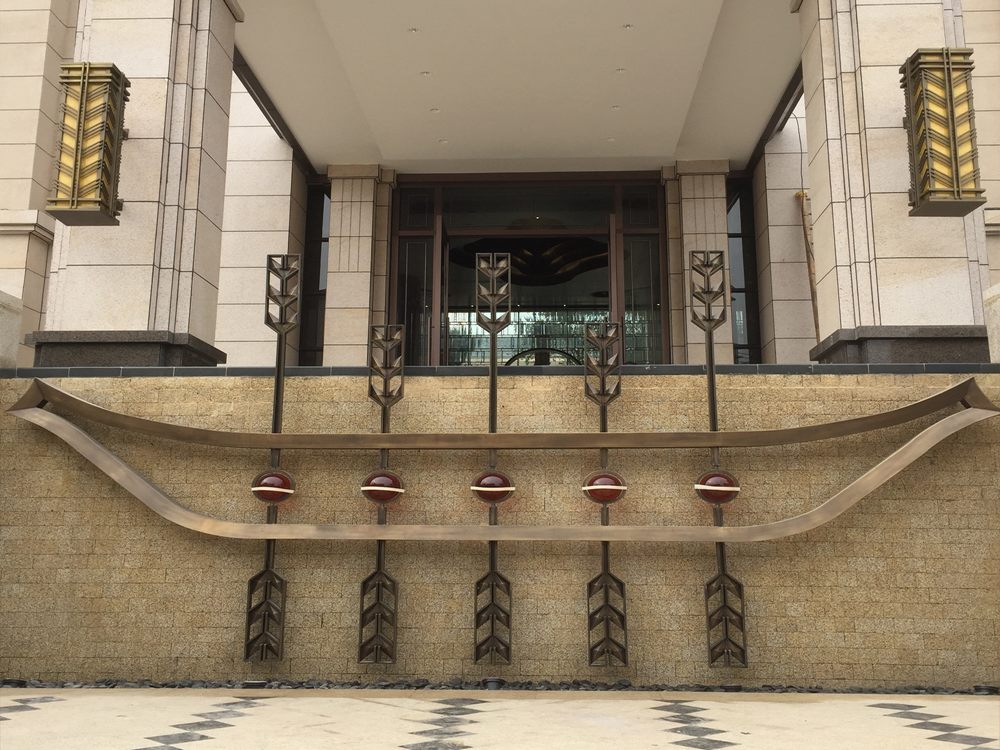
Preserving stone sculptures requires tailored approaches depending on whether they are displayed indoors or outdoors. The primary differences lie in environmental exposure, maintenance frequency, and protective measures.
Indoor Stone Sculpture Preservation:
Indoor sculptures face minimal environmental stress, but dust accumulation and humidity fluctuations remain concerns. Regular dusting with soft brushes or microfiber cloths prevents surface abrasion. Climate-controlled environments reduce the risk of cracking or efflorescence. Occasional wax-based polishes can enhance luster without attracting dirt.
Outdoor Stone Sculpture Preservation:
Outdoor sculptures endure harsher conditions, including UV radiation, acid rain, and freeze-thaw cycles. Bi-annual inspections for cracks or biological growth (lichen, moss) are critical. Gentle pressure washing (≤50 psi) with neutral pH cleaners removes pollutants. Penetrating sealants—like siloxane—provide water repellency while allowing vapor transmission. Bronze supports may be needed for structural integrity in temperate zones.
Shared Techniques:
Both settings require:
- Avoiding abrasive cleaners or metal tools
- Immediate stain treatment (blotting, not rubbing)
- Professional restoration for historical pieces
Proactive care adapted to each environment ensures longevity, whether shielding indoor pieces from accidental damage or fortifying outdoor works against elemental decay.

